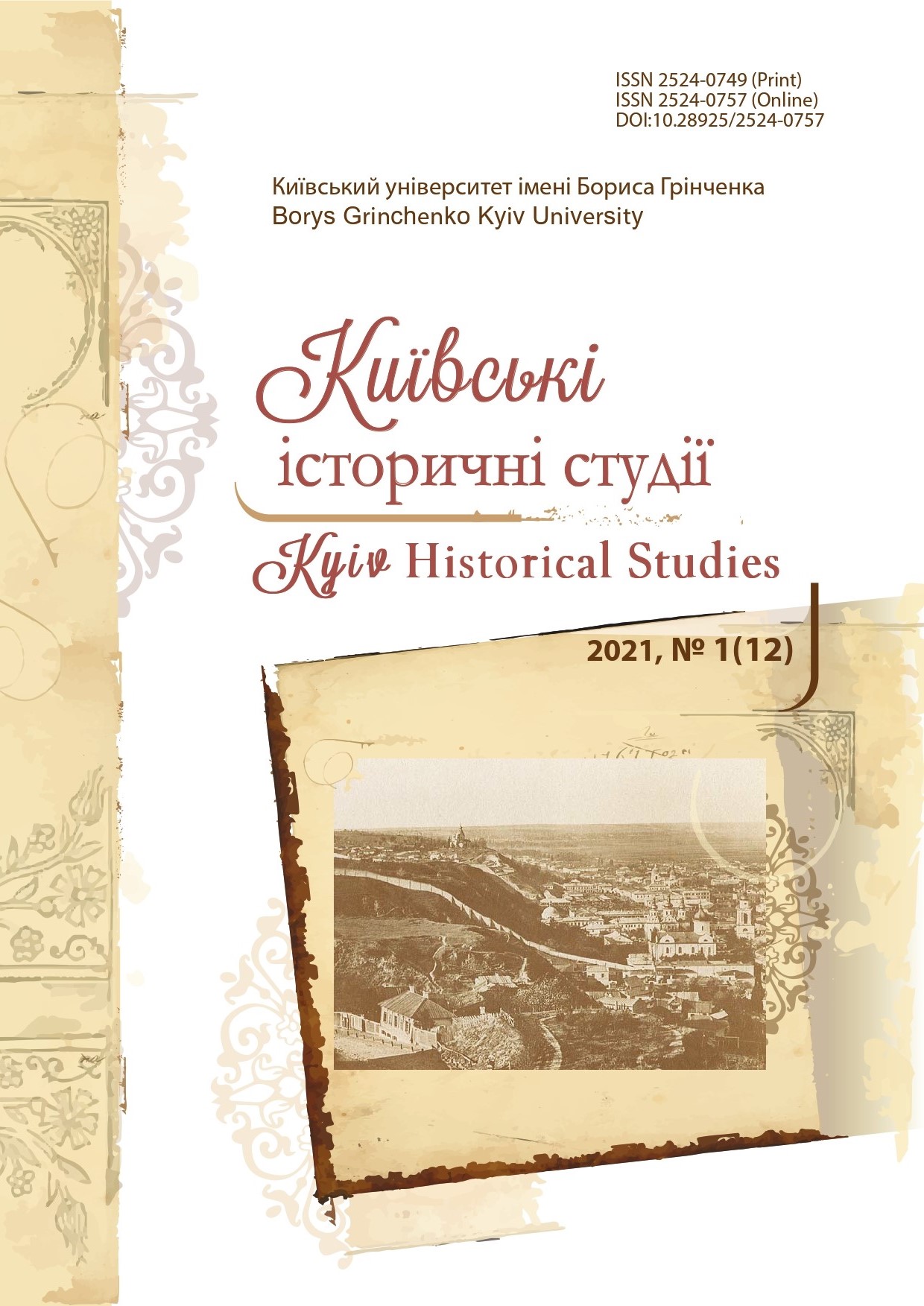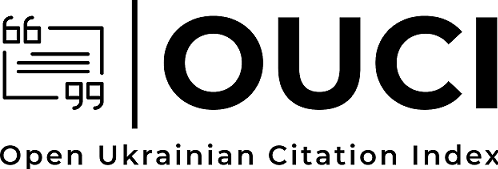Activities of the Assembly Center of the Ukrainian National Army in Vienna for Recruitment of Non-Ukrainian Soldiers to the Galician Army
DOI:
https://doi.org/10.28925/2524-0757.2021.12Keywords:
Ukraine, military mercenary, Galician army, Western Ukrainian People’s Republic, GaliciaAbstract
The article examines such a little-known phenomenon of national history as foreign military mercenaries, who helped Ukrainians defend their country’s independence. This problem is investigated on the example of the Assembly Center of the Ukrainian National Army (Zbirna Stanytsia Ukrainskoi Natsionalnoi armii, in Ukrainian, abbreviated ZS UNA), which in 1918–1923 operated in the Austrian capital Vienna. At this time, after the end of the First World War and the collapse of Austria-Hungary, the nations of Central and Eastern Europe proclaimed their nation states. The Western Ukrainian People’s Republic (Zakhidnoukrainska narodna respublika, in Ukrainian, abbreviated ZUNR), which in November 1918 was proclaimed in the Ukrainian ethnic lands of the former Austro-Hungarian Empire was among them. The young Ukrainian state had many personnel problems during the formation of its armed forces, named the Galician Army. To solve these problems Assembly Center of the Ukrainian National Army in Vienna was established. Its creators were Ukrainian politicians and soldiers of former Austro-Hungarian army. ZS UNA recruited for the Ukrainian military service non-Ukrainian soldiers and also transported at home Ukrainian soldiers, who after the end of First World War remained in Austria and other European countries. The research is based on a critical study of the working documentation of the Assembly Center of the Ukrainian National Army, other documents of the Western Ukrainian People’s Republic and the Galician Army, including published in newspapers of that period and in numerous memoirs of veterans of the Ukrainian revolution. Many of these documents have not been used in scientific practice yet.
Downloads
References
Deák, I. (1990). Beyond Nationalism: A Social and Political History of the Habsburg Officer Corps, 1848–1918. New York and Oxford [in English].
Hrycak, J. (2000). Historia Ukrainy, 1772–1999: narodziny nowoczesnego narodu. Lublin [in Polish].
Hunczak, T. (2008). Symon Petliura and the Jews: A Reappraisal. New York—Toronto [in English].
Hutsuliak, M. (1993). Pershyi lystopad 1918 roku na zakhidnykh zemliakh Ukrainy. Kyiv [in Ukrainian].
Yaroslavyn, S. (1956). Vyzvolna borotba na Zakhidno-Ukrainskykh Zemliakh 1918–1923 rokakh. Philadelphia [in Ukrainian].
Kuzma, O. (1931). Lystopadovi dni 1918 r. Lviv [in Ukrainian].
Magocsi, P. (2002). The Roots of Ukrainian Nationalism. Galicia as Ukraine’s Piedmont. Toronto [in English].
Stetsyshyn, O. L. (2012). Landsknekhty Halytskoi armii. Lviv: Chasopys [in Ukrainian].
Tyshchyk, B. I. & Vivcharenko, O. A. (1998). Zakhidnoukrainska Narodna Respublika 1918–1923 rr. Kolomyia [in Ukrainian].
Published
How to Cite
Issue
Section
License
Copyright (c) 2021 Олег Стецишин

This work is licensed under a Creative Commons Attribution-NonCommercial-ShareAlike 4.0 International License.
Authors who publish in this journal retain the right of authorship of the work and give to the journal right of first publication of this work under the conditions of Creative Commons: Attribution-NonCommercial-ShareAlike 4.0 International (CC BY-NC-SA 4.0), which allows others freely distribute the work published with reference to the authors of the original work and the first publication of this magazine.














